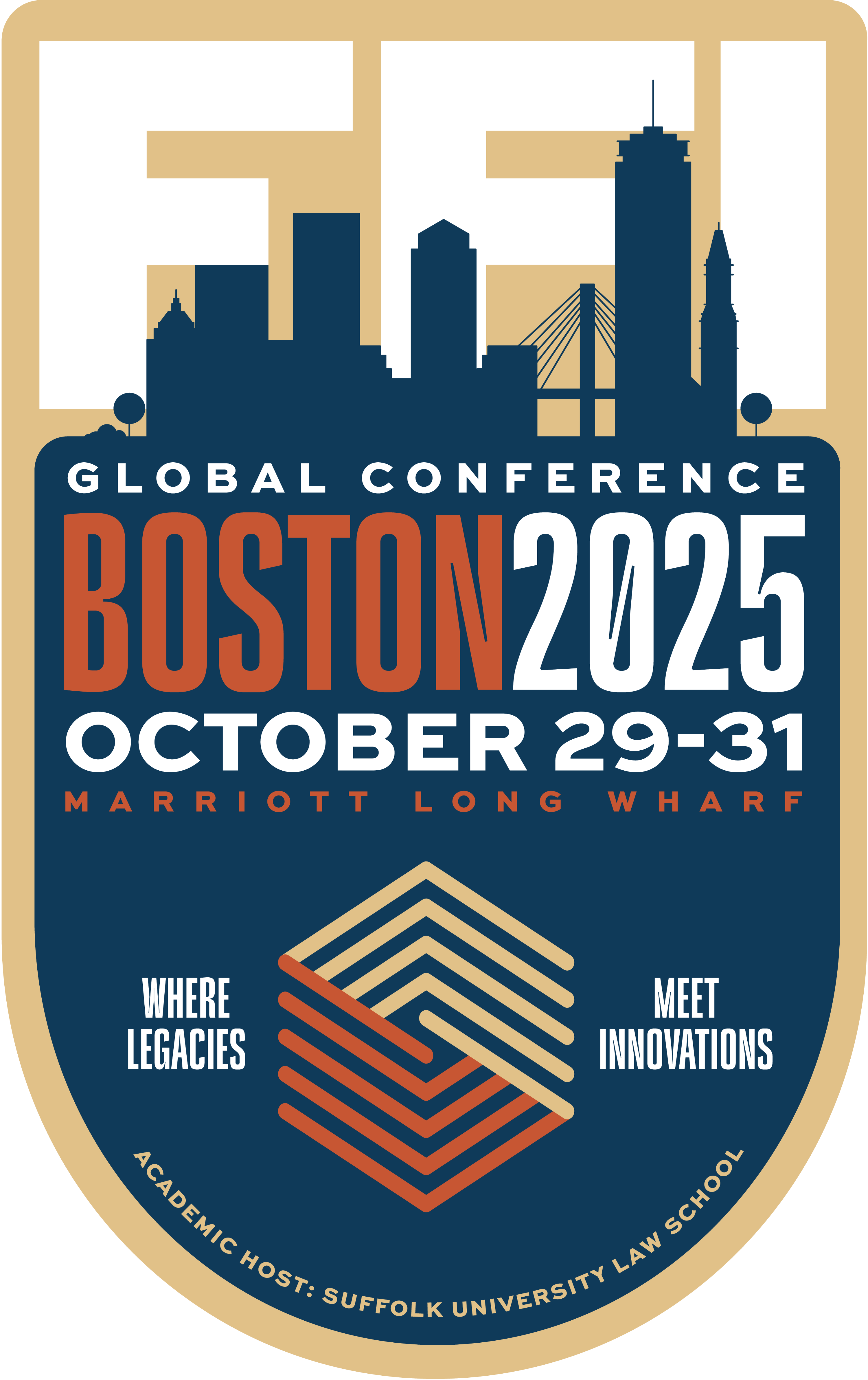
The Shift to a Family Enterprise Framework
To ensure long-term success, it is important for families to focus on value creation—financial, social, and reputational—at the enterprise level rather than solely at the company level. While the terms “family business” and “family enterprise” are often used interchangeably, they have distinct meanings. A family business typically refers to a single operating entity owned and managed by family members.2 In contrast, a family enterprise encompasses a broader system, which includes various assets critical to the family’s sustained legacy.3 An enterprise-level focus provides a more holistic approach akin to managing a diversified portfolio, similar to that of an asset management firm.
A wealth performance management system centered on value creation can enable family enterprises to operate like asset management firms. This system links equity value and shareholder returns with the enterprise’s strategy, performance, and vision, providing a comprehensive portfolio view of their assets. It helps identify value-generating businesses and individuals while phasing out those not contributing to value creation and long-term goals.
Consider the example of INICIA,4 a family-controlled asset management firm with deep roots in the Northern Latin America (NOLA) region. In 2007, the family set out to define an organizational structure that would support long-term, sustainable growth while remaining aligned with their vision and mission. As part of this effort, they introduced a wealth performance management model aimed at maximizing long-term value creation and delivering risk-adjusted, sustainable returns.
By systematically measuring and comparing value creation and shareholder returns across their family portfolio, they gained a clearer understanding of which assets contributed to their strategic objectives, and which did not. This disciplined approach enables them to manage risks, and to reallocate resources toward high-potential opportunities that align with their evolving vision.
Over the next decade, the family successfully transitioned to its fourth generation, increased diversification, and fully embraced a long-term value creation philosophy. This strategic evolution ultimately led to the establishment of INICIA as a family-controlled asset management firm, providing the structure, oversight, and flexibility needed to sustain and grow the family’s wealth across generations.

Implementing an Asset Management Model
To adopt an asset management model for a family enterprise, advisors can advise their clients to consider the following steps:
- Develop a Long-Term Vision: Prioritize sustainability, value creation, and intergenerational wealth preservation. A clear vision guides strategic decisions, fosters innovation, and ensures resilience in the face of changing market conditions. Emphasizing value creation across financial, reputational, and social dimensions helps maintain the family’s legacy while ensuring adaptability. This holistic approach supports the enterprise’s longevity and aligns the family’s values and aspirations, fostering unity and shared purpose across generations.
- Conduct Regular Valuations: Perform third-party annual fair market valuations of all assets, including operating businesses, real estate, and alternative investments. This provides transparency to shareholders and facilitates liquidity discussion. Regular valuations also offer insights into portfolio concentration and detailed information on risk exposure, enabling families to make strategic adjustments conducive to continuity and intergenerational success.
- Implement a Wealth Performance Management System: This system estimates value creation and total return to shareholders (TRS) for each asset, providing an owner’s perspective on portfolio performance. Value creation and TRS measure how much an asset or investment has generated for shareholders over a specific period (usually a year). These metrics consider changes in the asset’s fair value and capital flows (dividends, distributions, and capital investments). By measuring value creation and TRS, families can make better strategic decisions and resource allocation, ensuring that each asset contributes to the enterprise’s long-term goals. Strategic thinking supports generational transitions.
- Evaluate and Adjust the Portfolio: Continuously identify underperforming assets that do not create value for the family enterprise and invest in opportunities that align with the family’s evolving objectives. Additionally, invest in talent, family and non-family, to generate value creation, but separate from people that do not add value to the enterprise. This proactive approach to a diversified portfolio balances risk and growth, ensuring the enterprise remains sustainable and adaptable.
Conclusion
Successful family enterprises can mirror asset management firms in their approach to resource allocation, risk management, and long-term value creation. They balance short-term needs with long-term goals, utilizing rigorous financial analysis, professional governance, and diversification to optimize returns. Regular valuations are crucial in supporting continuity and intergenerational success, providing transparency and guiding investment decisions. By integrating professional management practices with a commitment to their foundational family values, these enterprises strike a balance between emotional and financial investment, securing their legacy much like disciplined asset management firms.
References
1 Baron, Josh and Rob Lachenauer, “Do Most Family Businesses Really Fail by the Third Generation?” Harvard Business Review, July 19, 2021. https://hbr.org/2021/07/do-most-family-businesses-really-fail-by-the-third-generation.
2 Clark, Edmund. “Your Family Business’s Resiliency Depends on Its Structure.” Harvard Business Review, October 4, 2022. https://hbr.org/2022/10/your-family-businesss-resiliency-depends-on-its-structure.
3 Collette, Courtney. “The Family Business and the Family Enterprise: Understanding Family-Owned Organizations through the Lens of Two Fundamental Frameworks.” Cambridge Family Enterprise Group. Accessed January 27, 2025. https://cfeg.com/insights_research/the-family-business-and-the-family-enterprise-understanding-family-owned-organizations-through-the-lens-of-two-fundamental-frameworks/
4 INICIA. https://inicia.com/. Accessed January 27, 2025.

Sidebar

The conference will focus on two key themes: legacy and innovation.
Register before March 31 for the Winter Rate.

